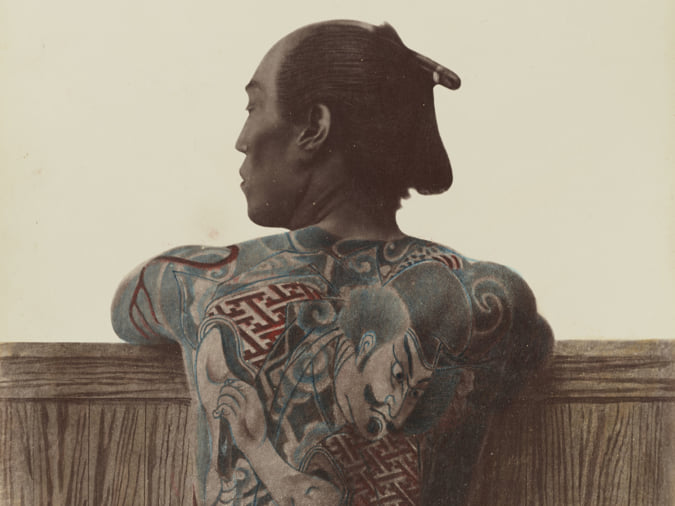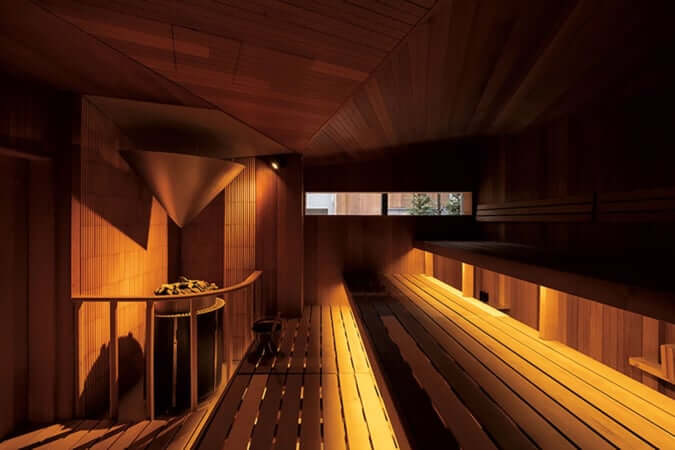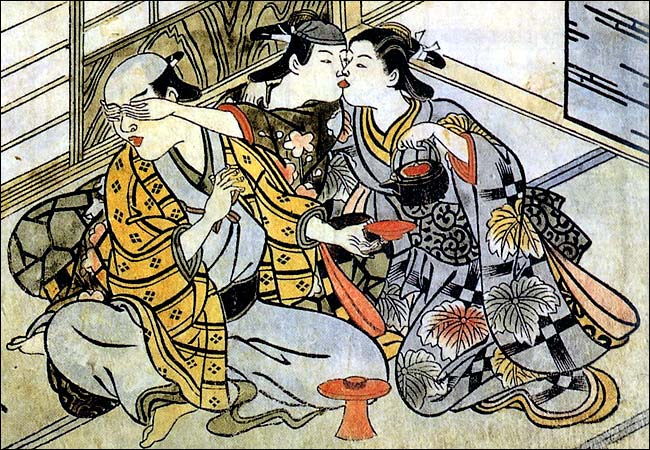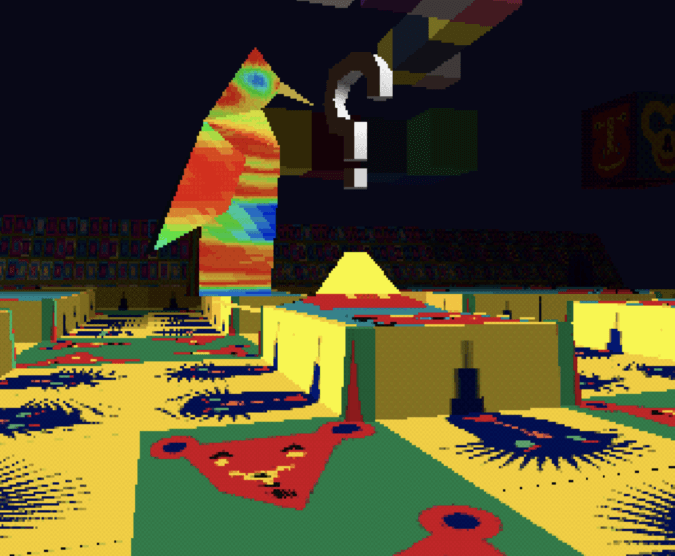The Architectural Project Behind Villa Kujoyama
The artistic output of Villa Kujoyama is rich, and the architecture and history of the space are equally as interesting.
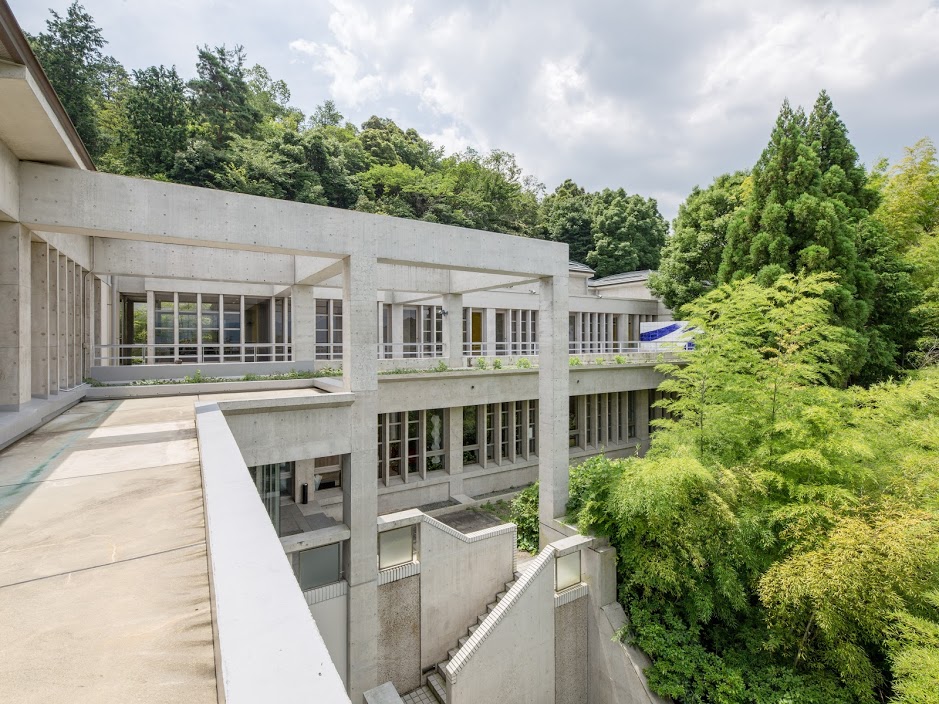
Villa Kujoyama
Villa Kujoyama as we know it today was built in 1992 in the mountains above Kyoto. The project itself, however, originated in 1926, when Paul Claudel, French ambassador to Japan, conceived of an institute for cultural exchange. Villa Kujoyama in its present iteration serves as a centre for artist residencies where French and Japanese artists work alongside one another, benefitting from both proximity to the historic art city of Kyoto and the remarkable architectural setting of the villa set into Mount Higashi.
Franco-Japanese Influences
The Ministry of Foreign Affairs decided to revive Claudel’s project of a mountainside villa, and building work began in January 1991, before the villa was officially inaugurated a year and a half later. The building was conceived of by Japanese architects Kato Kunio – who had already participated in renovations on the Franco-Japanese cultural centre in Kansai – and Uzushi Nakamura. Together the pair ran a workshop for students at the University of Tokyo and maintained links with various French universities over the years.
Kato Kunio was particularly well acquainted with French architectural traditions, having been selected in 1959 by the French government to work closely with the architect Michel Ecochard to develop an innovative urban planning programme for the Marseille area. According to Kato Kunio, the idea behind Villa Kujoyama was to reproduce the ideal of Franco-Japanese cultural exchange in the architecture itself, influenced by notions of rationalism and lightness of touch.
The building is equally a feat from a technical point of view, built quite literally into the side of the mountain. The structure makes use of the light and shadow of the surrounding vegetation, softening the concrete lines and bringing the outside in with its large windows; the light concrete is a nod to the rigour of French Classicism. In 2012, the space was renovated by French architect Adrien Petit, giving new life to the ageing concrete structure, which was then reopened in 2014.
Aptly, Villa Kujoyama has hosted 18 architects in residency since 1993, all of whom have surely been inspired by the carefully developed space in which they work.
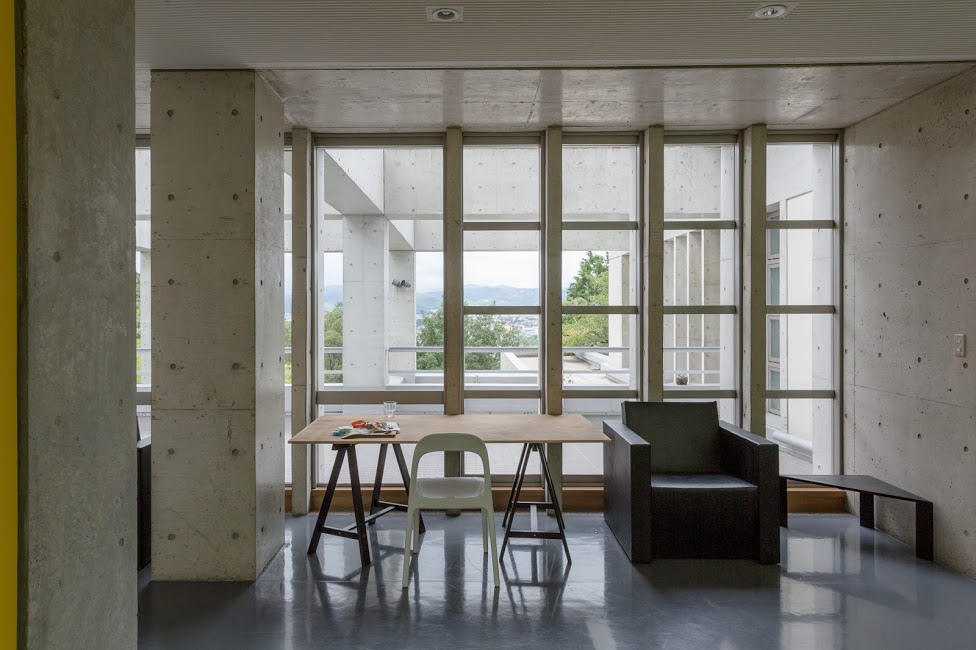
Villa Kujoyama
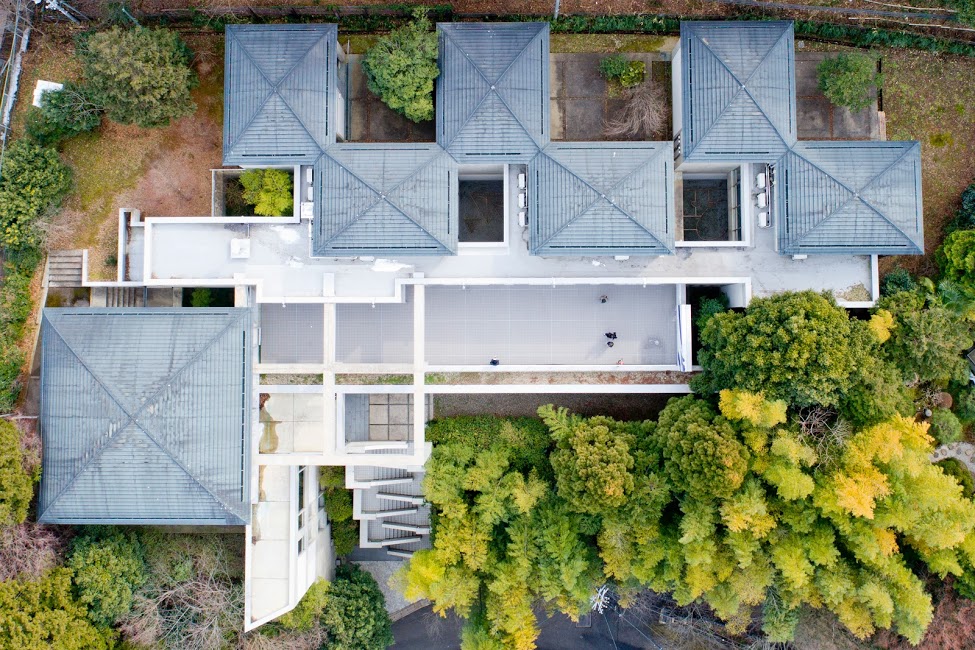
Villa Kujoyama
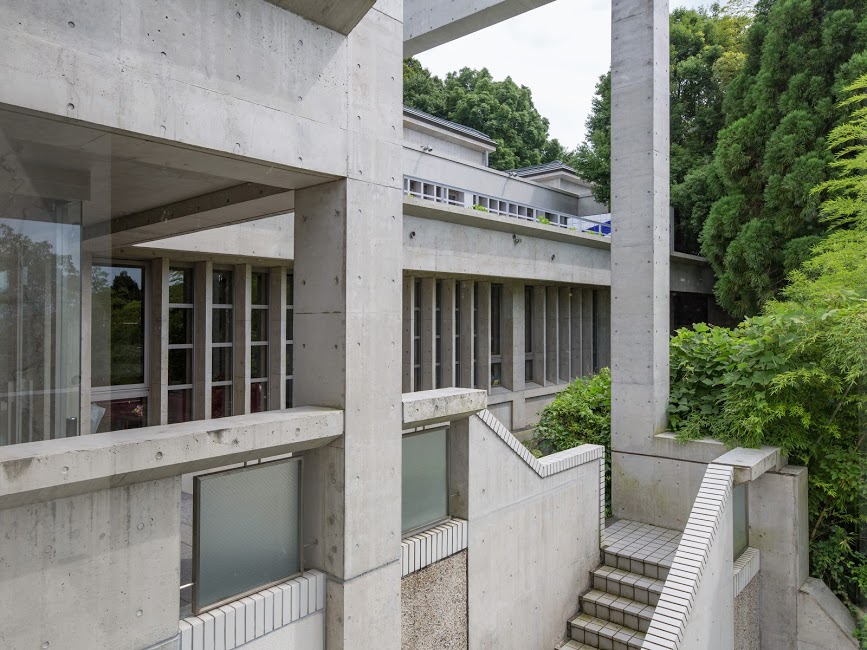
Villa Kujoyama
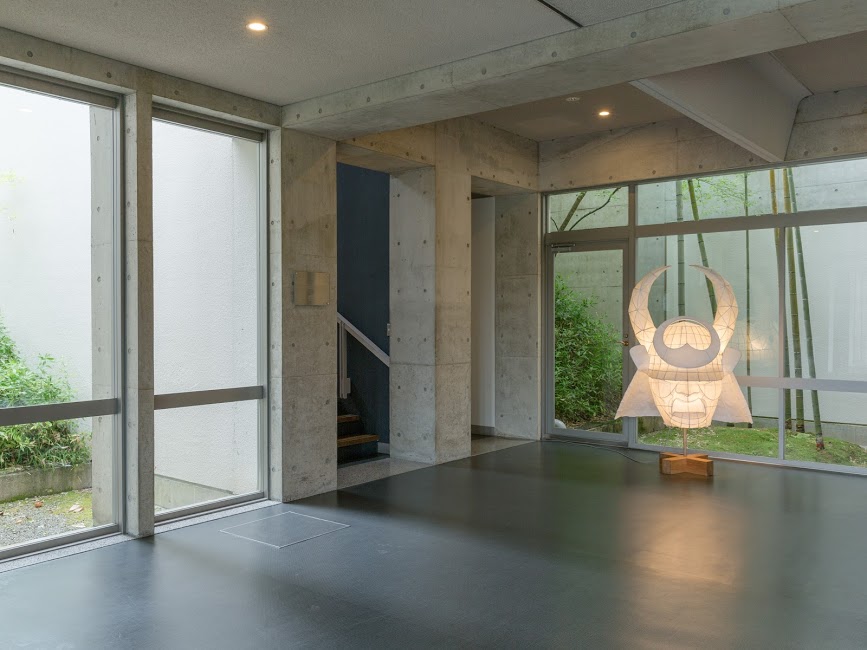
Villa Kujoyama
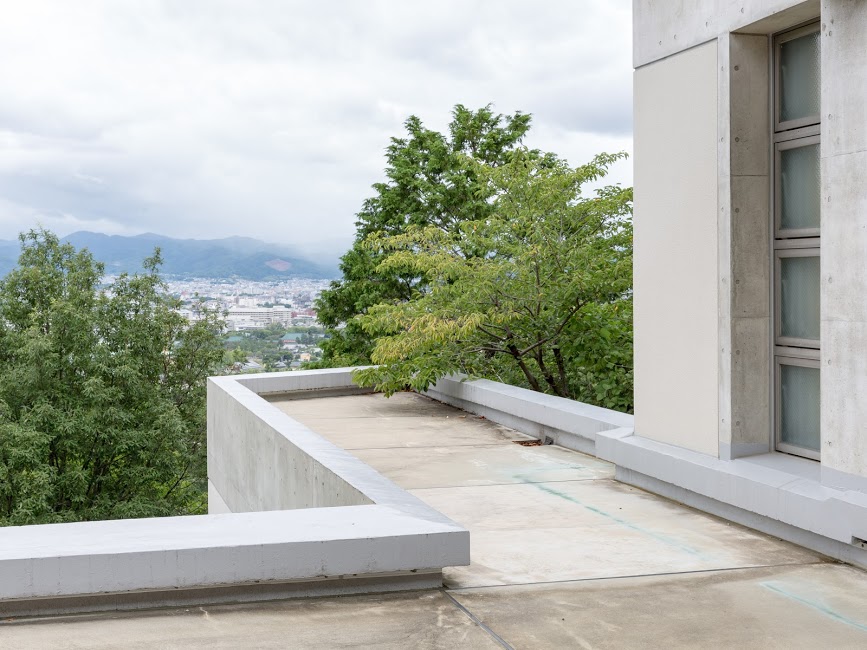
Villa Kujoyama
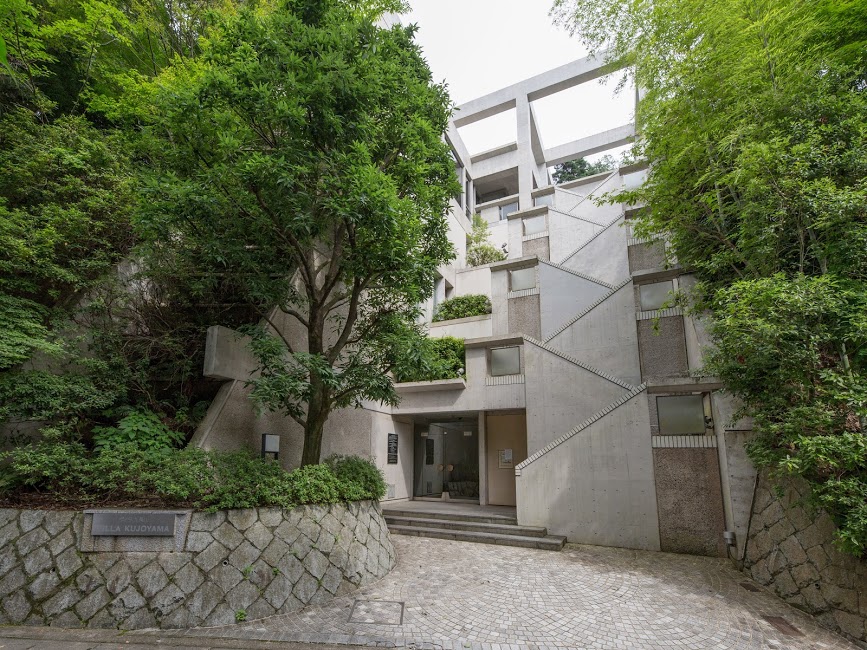
Villa Kujoyama
TRENDING
-
The Tattoos that Marked the Criminals of the Edo Period
Traditional tattoos were strong signifiers; murderers had head tattoos, while theft might result in an arm tattoo.

-
Colour Photos of Yakuza Tattoos from the Meiji Period
19th-century photographs have captured the usually hidden tattoos that covered the bodies of the members of Japanese organised crime gangs.

-
The Trendiest ‘Sento’ and Saunas in Tokyo
The bath culture remains vibrant in the capital city, where public baths and saunas designed by renowned architects are continuously opening.

-
Rituals of Ancient Gay Shunga Erotica
Shunga was prolific in Japan during the Edo period, with ‘nanshoku’ referring to the depiction of homosexual erotica.

-
‘LSD: Dream Emulator’, an Avant-Garde Game Released on PlayStation
In this video game created by Osamu Sato and released in 1998, the player explores the surrealist, psychedelic environment of a dream.


